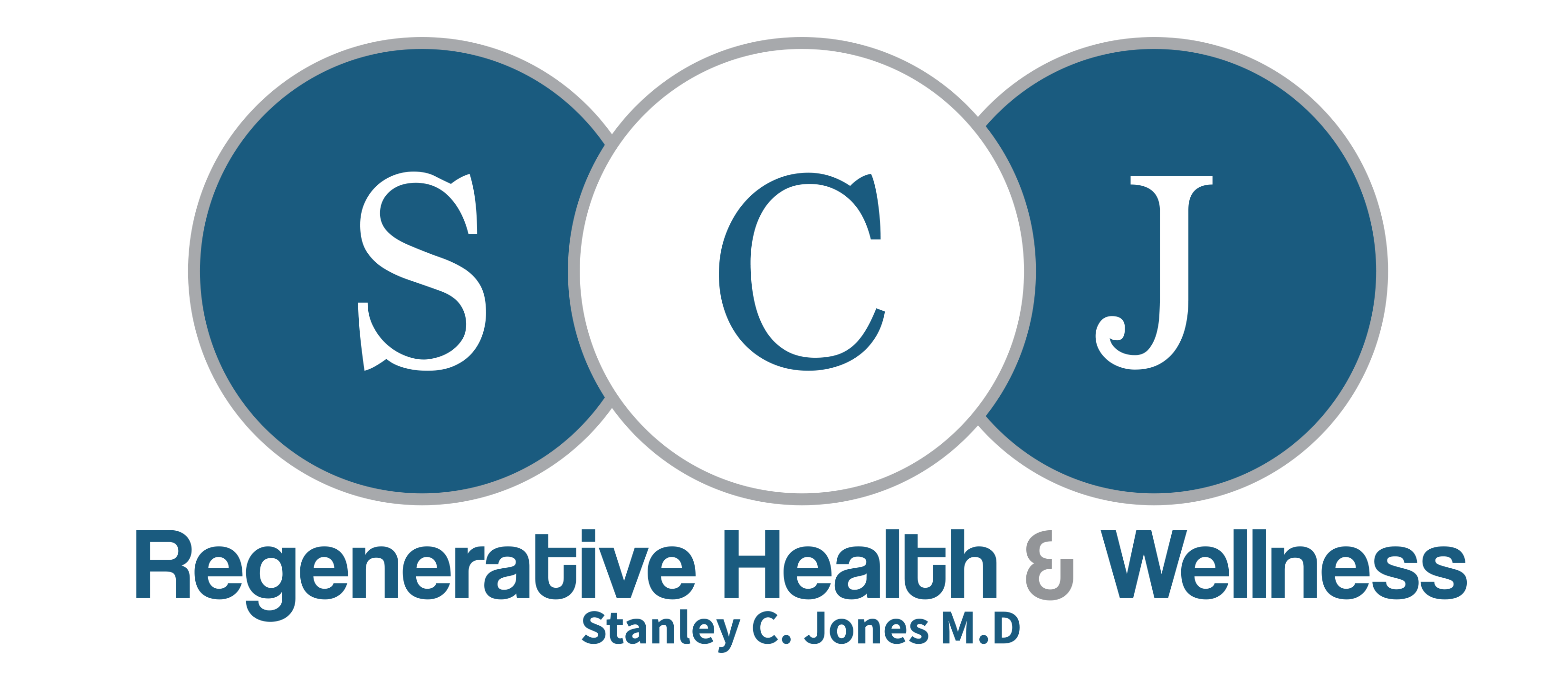
The human body is a machine. In that sense, tendons and ligaments are like pulleys. These two components are crucial to your body’s ability to move and maintain stability. Tendons work together with the muscles, allowing you to bend, swing, jump and do activities. When muscles contract, they pull on tendons, which tug on bones to make them move. For example, this is how your biceps curl your arm, and your quadriceps extend your knee.
What about ligaments? Ligaments hold bones together and are subject to much less stress than tendons. They are important for the stability of a joint and for preventing excess movement that could lead to injury. Tendons have little blood supply compared to other tissue types in the body. The blood supply, located on the inner surface of tendons, represents roughly 2% of the total tendon volume. Ligaments receive a higher blood supply than tendons but much less than most other tissues in the body.
Tendons, Ligaments, and the Aging Process
But like other body parts, tendons and ligaments change with age and contribute to injuries. Older people have more musculoskeletal injuries for many reasons, including falling, due to:
- Decreased balance
- Muscle weakness
- Medications that impair coordination
- Reduced reaction time
- Medical problems, like diabetes or peripheral neuropathy, that reduce sensation in the feet
But changes in the structure and function of tendons and ligaments play an important role.
Tendons and ligaments become less elastic with age
Tendons and ligaments are made of collagen, the most abundant protein in our bodies. The elasticity of tendons and ligaments depends on the presence of collagen. With age, the amount of healthy collagen in ligaments and tendons declines. Much of this is due to damage through glycation, where collagen forms abnormal bonds from exposure to excess sugars and free radicals. As you might expect, Diabetics have higher rates of collagen glycation. Diet plays a role, too. One study found that advanced glycation end products (AGEs) can adversely affect the structural and functional properties of the tendon and increase the risk of tendon injury.
The reduction in healthy collagen makes tendons less able to stretch and return to their original length. This can cause more wear and tear on joints and an increased risk of injury due to a decreased ability to absorb force.
Tendons become less flexible with age due to increased cross-linking between collagen fibers. This in turn prevents them from stretching as easily and makes recovery after an injury or physical activity slower. The decrease in flexibility can lead to injuries, such as strains, that happen during physical activities where we need a lot of range of motion, like yoga or ballet.
Your body has a tougher time repairing damage
As you age, your body’s ability to repair and heal itself slows down meaning that when you sprain an ankle, it takes longer for the tissues in your body to restore themselves. When you’re young, your body can handle damage and recover faster. However, with age, tendons and ligaments don’t bounce back as easily. Again, this has to do with the loss of collagen in tendons and joints. These tissues become rigid and brittle instead of flexible and elastic as they should be.
Recovery from exercise becomes more of an issue
As mentioned, tendons and ligaments have little blood supply, and this reduces their ability to recover from injury. When you injure yourself, there is a “window” of time in which your body can heal itself, breaking down damaged tissue and forming healthier cells. For example, an Achilles tendon rupture may require surgery or months of recovery before it can be fully rehabilitated.
With age, the window for healing begins to close, as the body doesn’t respond as quickly or completely. Tissue regeneration slows from reduced oxygen and nutrient delivery through the bloodstream. This means injuries in older individuals are harder to heal and may take longer or never fully recover back to their original state.
Can you slow the aging of tendons and ligaments?
There is evidence that lifestyle can slow tendon ad ligament aging.
To help prevent tendon deterioration or damage:
- Eat a healthy diet rich in fruits and vegetables (ones high in vitamin C help keep ligaments strong)
- Eat an anti-inflammatory diet
- Control your blood sugar to reduce glycation
- Maintain a healthy weight, so there isn’t added pressure on your joints from excess weight
- Exercise regularly to boost blood flow to tendons and ligaments
The Bottom Line
Muscles, bones, and cartilage all play a role in supporting and protecting the joints. But without the tendons and ligaments, these would not be able to do their job. Take advantage of what you can do from a lifestyle standpoint to slow the aging of these tissues. Give us a call today to learn more.
References:
Kim CS, Park S, Kim J. The role of glycation in the pathogenesis of aging and its prevention through herbal products and physical exercise. J Exerc Nutrition Biochem. 2017;21(3):55-61. doi:10.20463/jenb.2017.0027.
Skovgaard D, Svensson RB, Scheijen J, Eliasson P, Mogensen P, Hag AM, Kjær M, Schalkwijk CG, Schjerling P, Magnusson SP, Couppé C. An advanced glycation endproduct (AGE)-rich diet promotes accumulation of AGEs in Achilles tendon. Physiol Rep. 2017 Mar;5(6):e13215. doi: 10.14814/phy2.13215. PMID: 28336820; PMCID: PMC5371572.
